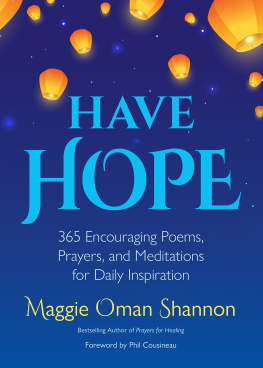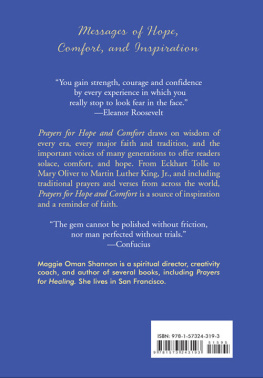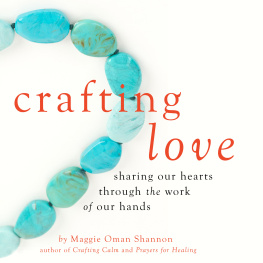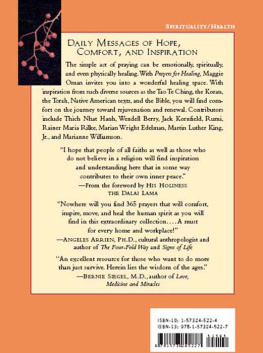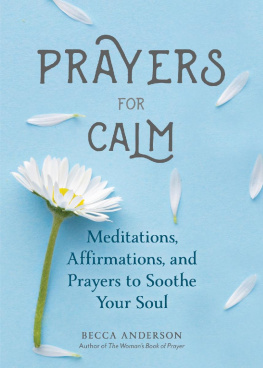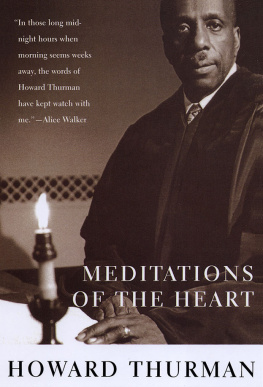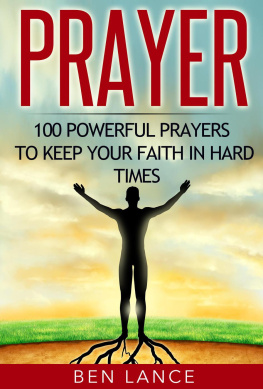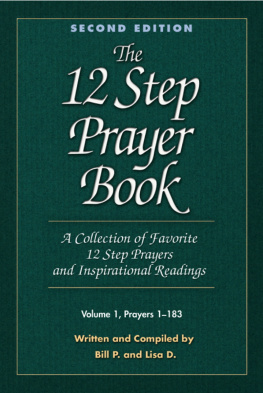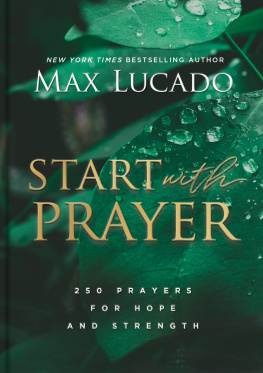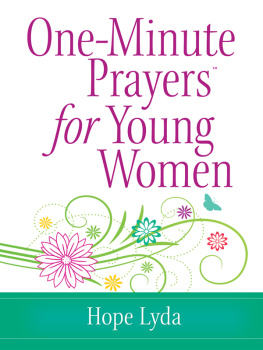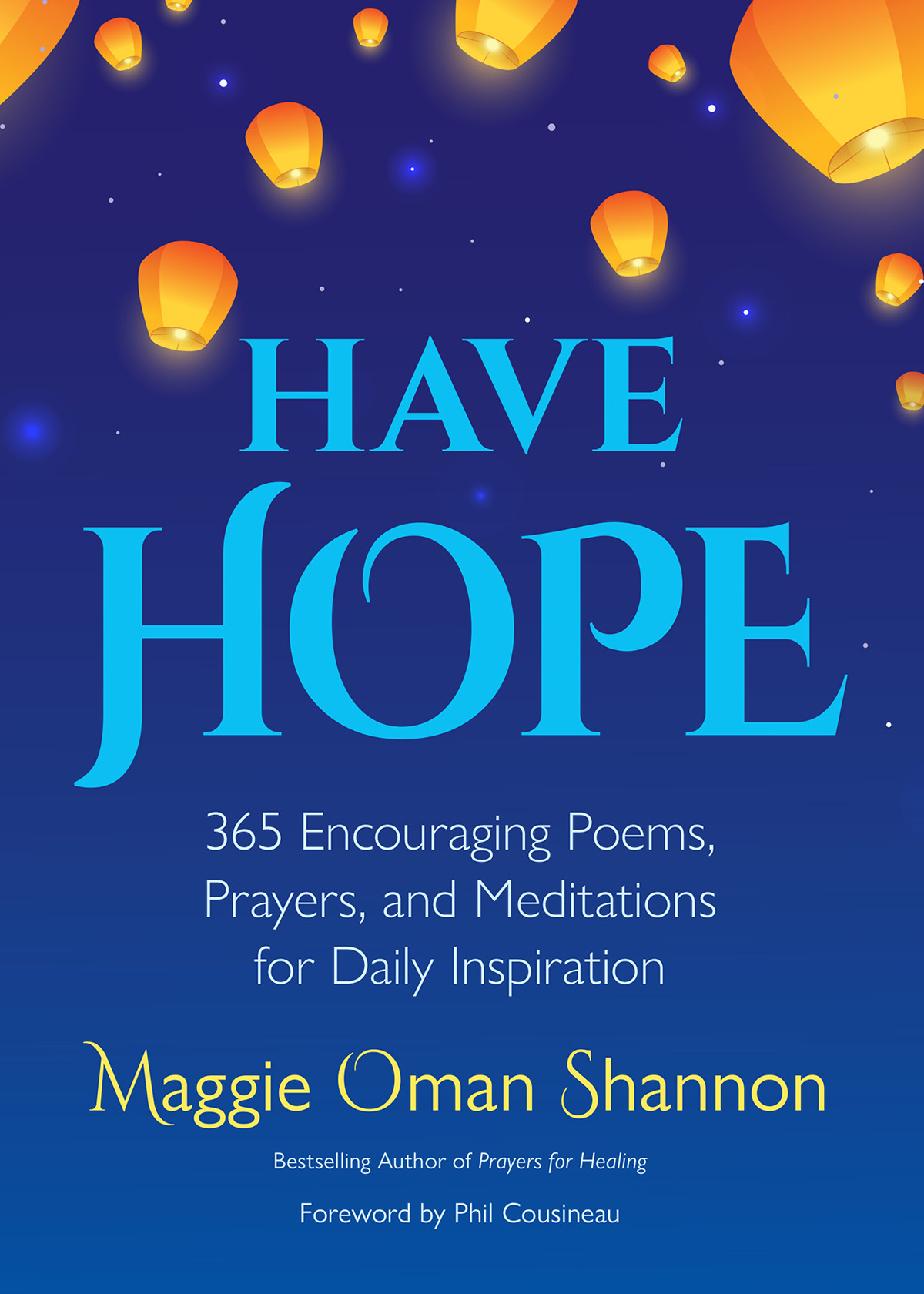Have
Hope
365 Encouraging Poems,
Prayers, and Meditations
for Daily Inspiration
M aggie O man S hannon
Foreword by Phil Cousineau

Coral Gables
Copyright 2021 by Maggie Oman Shannon.
Published by Mango Publishing Group, a division of Mango Media Inc.
Cover & Layout Design: Carmen Fortunato
Cover Illustration: Flying Sky Lanterns by Tatyana / AdobeStock
Illustrations: Seasonal tree by Miroslava Hlavacova / AdobeStock
Mango is an active supporter of authors rights to free speech and artistic expression in their books. The purpose of copyright is to encourage authors to produce exceptional works that enrich our culture and our open society.
Uploading or distributing photos, scans or any content from this book without prior permission is theft of the authors intellectual property. Please honor the authors work as you would your own. Thank you in advance for respecting our authors rights.
For permission requests, please contact the publisher at:
Mango Publishing Group
2850 S Douglas Road, 2nd Floor
Coral Gables, FL 33134 USA
For special orders, quantity sales, course adoptions and corporate sales, please email the publisher at or +1.800.509.4887.
Have Hope: 365 Encouraging Poems, Prayers, and Meditations for Daily Inspiration
Library of Congress Cataloging-in-Publication number: 2021934945
ISBN: (print) 978-1-64250-599-3, (ebook) 978-1-64250-598-6
BISAC: OCC019000BODY, MIND & SPIRIT / Inspiration & Personal Growth
Printed in the United States of America
Dedicated with deepest gratitude
to all those who intentionally give of themselves
to provide hope f or others
may each one of us dedicate ourselves
to doing the same; may each one of us
be hope
Table of Contents
by Phil Cousineau
Myths are stories that may have never happened, but in a mysterious way are always happening. What myths reveal are forces that are constant to the human race, threads of truth that tie together what was, what is, and what will be in the soul. The ancient Greeks believed that any time a person feels an overpowering urge or an overwhelming emotion, there lurks nearby a god or goddess. If you want to know about life on the outside, you read history or study science; if you want to understand life from the inside, you read the myths; you turn to the arts.
Hope is one such mystery, a force that defies easy definition, but is as real as rain. According to the dictionary, hope is a feeling of expectation rooted in the desire for a certain thing to happen , a longing for life to change for the better, as revealed in the common expression, to hope for the best. And yet the very idea of hope has been maligned by the cynical and the snarky for as long as it has been admired, ridiculed for being naive or, worse, dangerous.
The conundrum is as old as storytelling itself as revealed by the story of Pandoras Box. First described by the sixth-century poet Hesiod, in Work and Days , we learn that Zeus despised the human race and wanted to destroy it and start over. The titan Prometheus felt sorry for our distant ancestors and risked his own life to save them from extinction. Secretly, he broke into the workshop of Hephaestus, god of fire, and stole a glowing ember from Hestias sacred hearth. Hiding the ember in a fennel stalk, he carried it to earth, which, the poet tells us, helped spark the birth of the arts and sciences and eventually civilization itself. Inevitably, Zeus was outraged and sought revenge. To punish Prometheus, Zeus chained him to a rock on a mountain peak where an eagle tortured him until he was rescued by Hercules. To punish the human race, Zeus had the twisted idea of commanding Hephaestus to create the first woman who was endowed with divine gifts from each of the Olympian gods and goddesses. The god of the forge formed her out of clay and gave her a voice. Among the gift-givers was Athena, who adorned her with beautiful garments. Aphrodite cast a spell of enchantment over her so that the first man she met would fall in love with her. Hermes graced her with insatiable curiosity and cunning. And so it was that she earned the name Pandora, which means all-gifts or all endowed. However, the embittered Zeus was not done. He offered her one final bittersweet gift, a jar (later translated in the Renaissance as a box) and warned Pandora to neve r open it.
We all know how that t urned out.
The first moment Pandora was alone with the jar, she was overcome with the very curiosity that Hermes had instilled in her, along with a desire to discover something beautiful. Longing to see what secrets were hidden within, she opened the lid. Immediately, she felt a cold wind as all manner of evil spirits escapeddisease, plague, misfortune, even death itselfand spread across the earth.
Horrified, Pandora slammed the lid back down onto the jar, leaving inside one additional spirit, who was the goddess Elpis, better known as Hope, who clung to the lip of the jar and has lurked there ever since, waiting to be released.
For the last few millennia, mythographers, scholars, artists, and theologians have puzzled over why the vengeful Zeus would include Hope among the dark gifts he locked inside the jar. Was it a cruel joke, a test? Or was he living up to his own task of being one of the gods of justice and so allowing humanity a cosmic escape valve? As with all the worlds wisdom stories, it is up to each of us to decide.
Often, myths are cautionary tales, warning signals sent up from the depths of the unconscious to remind us of our darker impulses. But a wider reading of the worlds wisdom traditions reveals there are also numinous tales, signs in story form, that remind us of what Lincoln called the better angels of ou r nature.
Have Hope is one such nod of the gods, the original meaning of numinous , which is also a marvelous synonym for sacred . In this collection of poems, prayers, anecdotes and exhortations, Maggie Oman Shannon has gathered a years worth of reminders of our yearning for a better world. More than an anthology, this book provides the reader with antidotes to the cynicism (the last refuge of scoundrels) that still runs rampant about the power of hope. If savored, these passages may help the reader to reconcile the paradox about its mysterious origins, which is that hope is inextricably connected with suffering.
This uncomfortable truth is confirmed on every page of this book by way of what the author calls hope quotations and hopeful events. These selections reveal how often hope has inspired dreams of a better worldbut only accomplished significant change through hope-filled actions, deeds, and movements.
To the avid reader, these passages show how hope is a practice . Hope is active not passive, a noun and a verb, a muscle that must be exercised or it withers. To come back to Pandora, hope is always there in the dark recesses of our hearts and minds but needs to be released.
While riffling through the pages of Have Hope , I was reminded of a consolation card I recently discovered that one of my mothers sisters, my aunt Shirley, sent to her after the death of my grandma Dora. She wrote: Rosemary, they say a person needs just a few things to be truly happy in this world: someone to love, something to do, and something to hope for.
I like to think this loving gesture provided my mother with a cushion of consolation, a vision of hope that allowed her a moment of happiness because it reminded her that life can and m ust go on.

